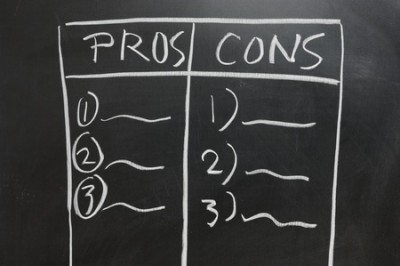The Year-Round School Debate
Among 34 countries around the world, the United States has one of the shortest school years. The traditional school year in America is 180 days. South Korean children spend 220 days total in the classroom while Finland has a 190 day school year. Both educational systems rank higher than the United States in math and sciences.
Over the past decade, arguments have evolved concerning whether American school children are in school too few days. Some educators and school boards want to implement a year-round school system. This has been both embraced and rejected. One problem at the core of these arguments is the definition of year-round schooling.
What is Year-Round School?
The term year-round school can mean two specific types of school year. One definition proposed by some educators is the increase of the actual days from 180 to more. The more common use of the term year round school does not mean any actual increase of the American school year. It actually refers to a reallocation of students over the year.
Under a 180-day year-round school year, students work within a system in which the time off for vacations and holidays is more equitably distributed. There are shorter breaks between semesters or terms. Some schools prefer the 45 days on and 15 days off plan while others look to other models. These include a 60-day on and 20 off and 90 days in class and 30 days out.
Arguments in favor of year-round school
There are a few individuals who argue for a year-round school system of some form. Proponents of increasing the actual time see it as a means of keeping up with the rest of the world. The lack of skills in math and science in particular when compared with much of the world is seen as detrimental and the result of too little time spent learning. An increase in actual total class time is perceived as a means of decreasing the amount of time spent by students relearning what they have forgotten over the summer vacation or due to any extended holidays.
In general arguments in favor of an altered system, the traditional American concept of a year-round school include the following:
• A decrease in the amount of information forgotten during long breaks
• Remediation is more easily accessed during the time in school
• More efficient use of school buildings and resources
• If the system moves to multi-tracking, it is easier to accommodate a larger school population
• Shorter breaks influence enrichment education in a positive manner
• Allows families to arrange for vacation time of a shorter and more affordable and even viable nature
• Decreases any onset of boredom that may occur during longer periods off school
• Day care costs can decrease
Arguments against year-round school
There are several arguments made against changing the basic 180 day school year in any shape or form. Some argue that children need the time off to be “just kids.” In essence, however, the arguments against all-year schooling are as follows:
• There are no definitive results on studies supporting its benefits
• It does not matter whether children are on holiday a few days or many. They will require review of the material they have forgotten
• Schools may not be in a condition to handle the needs of children during the summer heat
• It is hard for a youth to find a job for shorter period and in off-season
• Certain summer programs may suffer such as camps of various types
• Specific after school programs may not have sufficient numbers if the school year alters. Those that do may be out-of-synch with the performance and competitive year
• School maintenance bills will rise
• The administrative work load of teachers will increase
• Difficulty of co-ordination may exist in families with children in two different forms of year-round schooling
There is no conclusive data on whether a year-round system works as effectively as the traditional school year. The academic data is too scattered. The efficiency rates on the subject also vary. If an actual all-year round system with increased days spent in the classroom was implemented, it would need to be tracked over a period of years to see whether it would produce similar inconclusive results.
Sources: CNN, Familyeducation.com


70 Comments